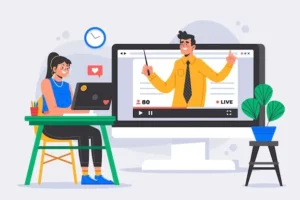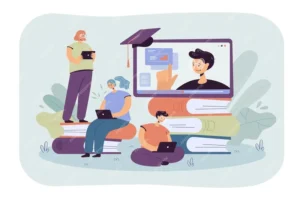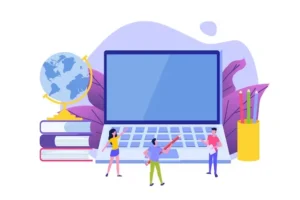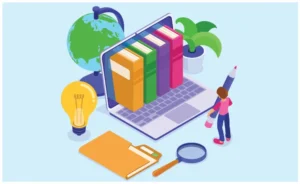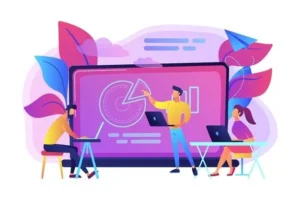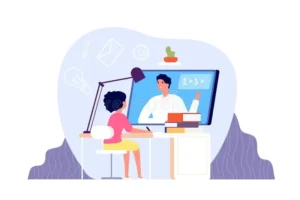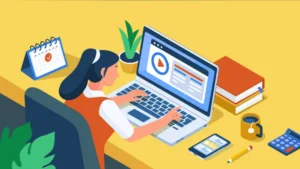Breaking Down Barriers: Accessibility Challenges Faced by Online Students
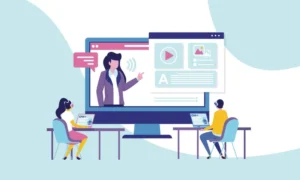
As online education becomes increasingly prevalent, it is essential to address the accessibility barriers that some students face. While online learning offers flexibility and convenience, these advantages can be compromised when students encounter accessibility challenges. This article explores the common barriers to accessibility that online students may experience.
Contents
- Section 1: Defining Accessibility Barriers
- Section 2: Common Accessibility Barriers in Online Education
- Section 3: Technological Barriers
- Section 4: Cognitive and Language Barriers
- Section 5: Instructor Awareness and Training
- Section 6: Strategies for Addressing Accessibility Barriers
- Section 7: Legal Requirements and Regulations
- Section 8: Student Advocacy and Support Services
Section 1: Defining Accessibility Barriers
- Understanding Accessibility Barriers:
- Define accessibility barriers in online education and their implications for student learning.
- Types of Accessibility Barriers:
- Explore various types of barriers, including physical, cognitive, and technological.
Section 2: Common Accessibility Barriers in Online Education
- Limited Digital Literacy:
- Discuss how inadequate digital skills can hinder students’ ability to navigate online courses.
- Lack of Assistive Technology:
- Explain the challenges that students with disabilities face when they don’t have access to necessary assistive technology.
- Inaccessible Course Materials:
- Highlight how course materials that lack alt text, captions, or other accessibility features can create challenges for students.
- Poorly Designed Websites:
- Explore the issues arising from websites and learning management systems (LMS) that lack proper accessibility features.
Section 3: Technological Barriers
- Connectivity Issues:
- Discuss how a lack of reliable internet access can hinder students’ participation in online classes.
- Device Limitations:
- Explain how students may face barriers due to limited access to devices, software, or hardware.
Section 4: Cognitive and Language Barriers
- Content Complexity:
- Discuss how complex course content may pose challenges for students with different learning styles.
- Language Proficiency:
- Explore how language barriers can affect students who are non-native English speakers.
Section 5: Instructor Awareness and Training
- Instructor Preparedness:
- Discuss the importance of instructor training in understanding and accommodating accessibility needs.
- Course Design Awareness:
- Highlight the significance of instructors being aware of designing courses with accessibility in mind.
Section 6: Strategies for Addressing Accessibility Barriers
- Universal Design for Learning (UDL):
- Explain how UDL principles can help in designing courses that are accessible to all students.
- Assistive Technology Integration:
- Discuss the role of integrating assistive technologies to overcome accessibility barriers.
Section 7: Legal Requirements and Regulations
- Legal Frameworks:
- Explain the laws and regulations that require educational institutions to provide accessible content.
- Compliance Challenges:
- Discuss the challenges that institutions face when striving to comply with accessibility requirements.
Section 8: Student Advocacy and Support Services
- Student Advocacy:
- Explore the role of students in advocating for their accessibility needs.
- Institutional Support:
- Discuss the support services that educational institutions can provide to address accessibility barriers.
Conclusion:
Online education has the potential to offer inclusive learning opportunities. Still, several accessibility barriers can hinder students’ educational experiences. To make online education truly accessible, institutions, instructors, and students must work together to recognize and address these barriers, ensure compliance with legal requirements, and promote a culture of inclusivity in online learning. By doing so, online education can fulfill its promise of accessible, flexible, and equitable learning for all.

